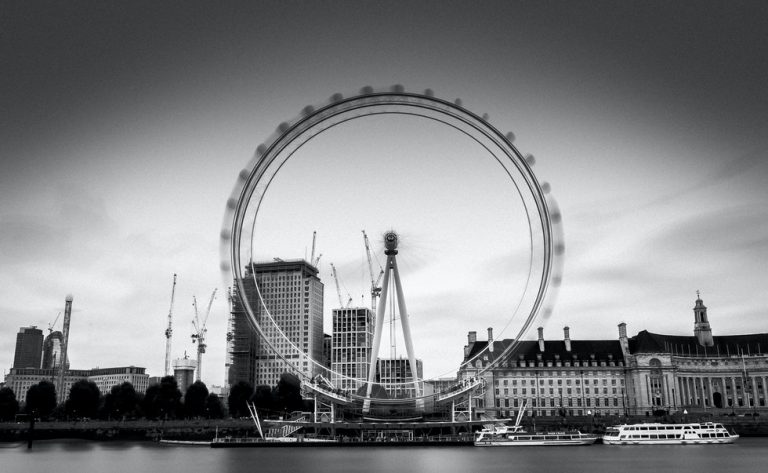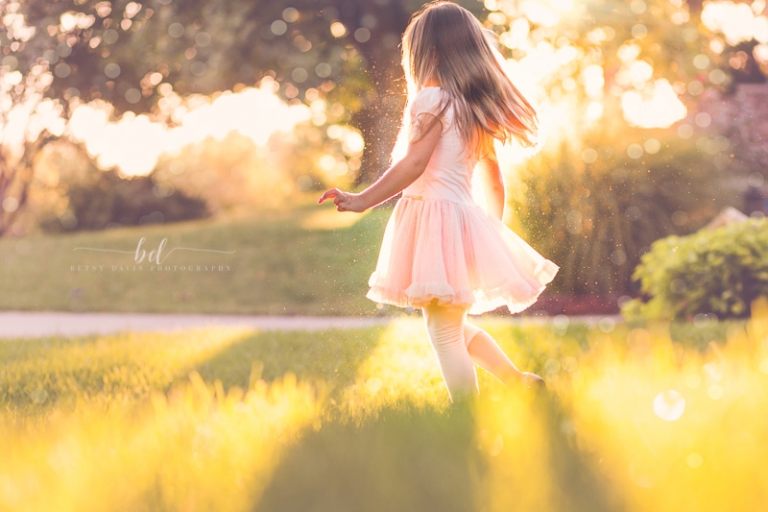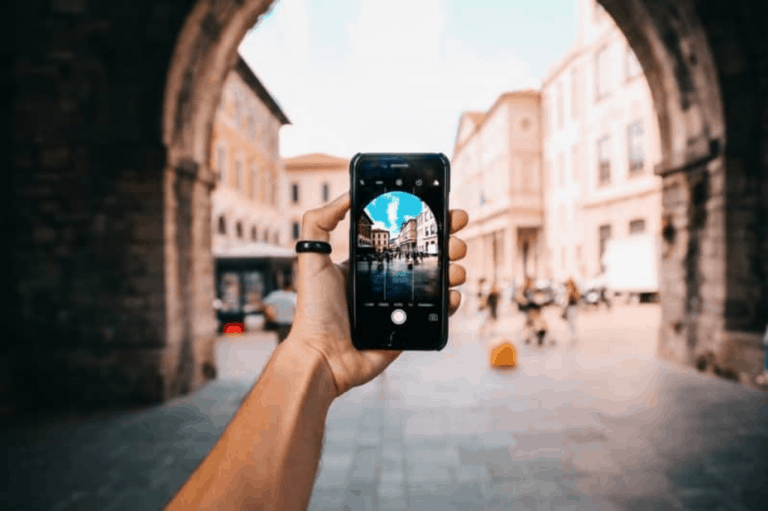Does nature photography seem like an elusive hobby made only for the outdoor experts? Your perception couldn’t be further from the truth!
The beautiful thing about nature photography is that anyone can try it! Just like nature is full of living things of all shapes and sizes, nature photography is for photographers of all skill levels. Anyone can take a landscape or wildlife photo. I repeat: ANYONE can take a nature photo. But not all nature photos are worthy of the pages of National Geographic Magazine. We can’t promise your photos will be featured in a nature magazine, but we can help you turn your photos from so-so to eye catching.
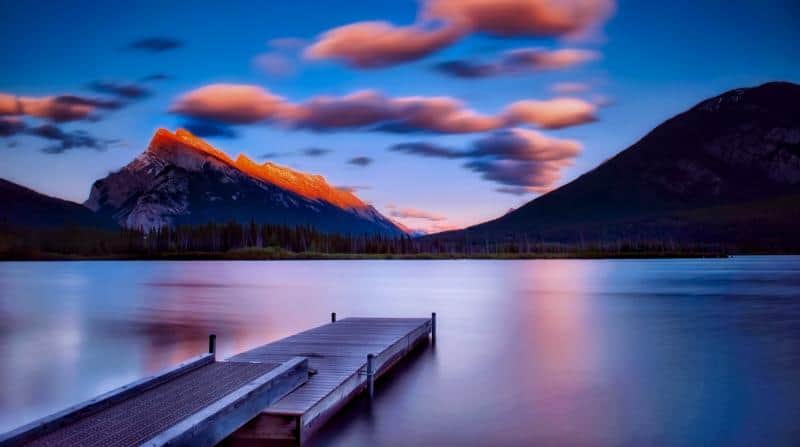
How do you capture nature photography?
Before I explain the how of nature photography, let us quickly talk about the what of nature photography. What exactly is nature photography? To me, nature photography is all about how mountains, trees, rivers and lakes play together to create stunning scenes. But to you, nature photography might bring to mind wild animals, a beautiful garden, or the texture of tree bark. Each natural subject photographs in slightly different ways depending on time of day and available light. So in order to capture anything in nature, you must first master your camera settings.
Learn how ISO, aperture and shutter speed work together to create properly exposed photos.
Once you get a good handle on adjusting your camera settings, it’s time to step outside and explore. Keep your eyes open and really SEE everything around you. What catches your eye? Is it the way the sunlight falls on the leaves or the squirrel jumping around from branch to branch? The parts of nature that collect and hold your attention and make you feel joy inside are the ones you should photograph. If this process is new to you, just take photos of everything you see. Adjust your camera settings if something comes out too bright or dark, or everything is always blurry.
Here are some more tips to get you started in landscape photography.
How can I improve my nature photography?
Improving your nature photography takes some self reflection. When you get your photos uploaded on your computer, take some time to separate the photos you like from the ones that didn’t turn out. Write down what it is you like about them. Is it the lighting in the photo that you like, or the subject of your photo that makes you like it? Now consider the possibility that your photo could be even better. If your photo isn’t sharp enough or bright enough, those fixes are easy ones.
Do you feel your photo could be better but you can’t explain how it could be improved? This is where composition comes into play. Composing your shot so that the animal or flower or tree isn’t smack dab in the middle of your frame will create more interest. Other composition tricks to improve your photography include working with the rule of thirds and framing your object or scene. Moving your horizon away from the center of your photo creates interest, as does adding depth through layering. Nature magazine photos are able to capture our attention because of excellent composition.
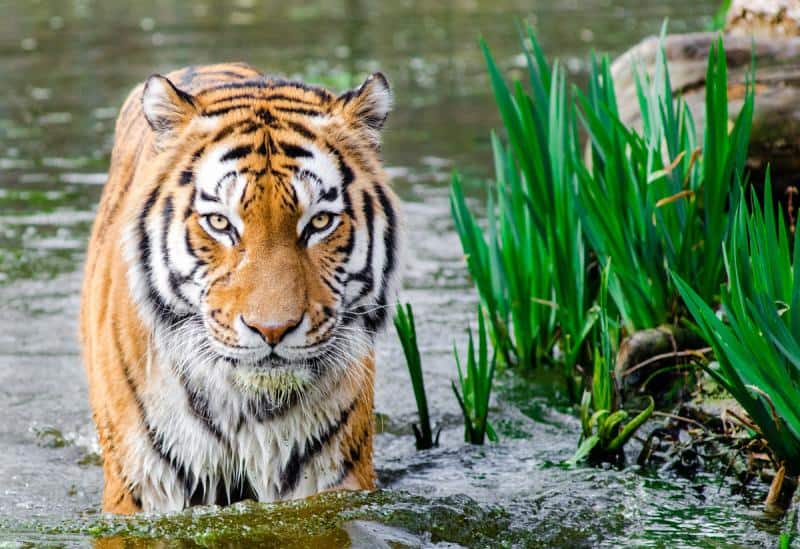
How do you become a wildlife photographer?
The simple answer to this question is that you take photos of as much wildlife around you as possible. Taking photos of the tigers at the zoo doesn’t count though. As fun as capturing photos of the mesmerizing inhabitants of the zoo can be, a true wildlife photographer captures an animal in their natural habitat. Be weary though, wildlife are not like your dogs and cats at home. They are threatened by human presence and can attack as often as they run away. Educate yourself on safety around the animals you want to photograph. Even if you don’t feel your safety is at risk around wildlife, it is unethical to harass them or get so close to make them uncomfortable.
While we’re on the topic of education, research where you might find the animals you want to capture. Be practical though, you’re not going to find a Canadian Lynx on your first outing. You may however, see a chipping sparrow or a white-tailed deer. Once you know where to find some wildlife, it’s time to pack your bags and get yourself outdoors. Sometimes you might unintentionally stumble-upon wildlife and other times you may wait hours before the wildlife returns to their nest. Be patient and don’t give up if you’re not seeing any wildlife. There are many forums online where you can find other local wildlife lovers who can help you find wildlife. When you’re lucky enough to be in the right spot at the right time and capture a beautiful image, it makes all the waiting worth it.
Nature photography tips?
I have some tips not strictly related to camera settings and taking photos that I believe will help you on your way to becoming a happy nature photographer.
Dress for the worst possible weather nature might throw at you.
I’ve hiked 10km and gained 1000+ meters in mountain elevation only to head back down from the summit a very short while later because I wasn’t prepared for the cold winds at the summit. A simple light sweatshirt would have allowed me to stay up there a good hour longer. I’ve also hiked up a mountain in brisk 10℃ (50℉) fall day only to have it start snowing on the last ascent. That time I was prepared.
Bring a map with you of the area you are navigating
It’s easy to get caught up in tracking down some animal hunting grounds, or taking photos on a hiking trail. Before you know it, you’ve gotten yourself all turned around and can’t quite remember the exact way to get back to your car. Getting lost in the wilderness happens more than you might think. Even if you don’t need to use it, your nerves can rest easy knowing you have a map
Always tell someone where you are going and when you expect to be home.
If you do happen to get lost, you at least have someone who can sound the alarm if you don’t come home.
Bring extra supplies
Bring more water than you think you will need and food to sustain yourself. Even if you don’t get lost, you’ll exert yourself more than you expect. You don’t want to cut your trip short because you didn’t bring enough supplies and you definitely don’t want to get dehydrated.
What are the best cameras for nature photography?
Any camera is a good camera, because they all will take beautiful photos with your guiding hand. If you don’t already have a camera or you’re looking to upgrade, I recommend purchasing a full frame DSLR with a minimum of 24 megapixels. More than 24 megapixels is not necessary unless you’re planning on blowing your image up to billboard size. Full frame cameras aren’t necessary, however I personally enjoy seeing more of a landscape. The same photo taken with the same lens on a cropped sensor camera will show a more cropped version of the same scene.
What are the best lenses for nature photography?
Each nature photographer has their favourite lens, and each nature photographer might give you a slightly different answer to this question. The most common lenses used in nature photography are:
- 16-35mm – wide angle lens for landscapes
- 24-70mm – all purpose lens for zooming in on certain parts of the landscape
- 70-200mm – a telephoto lens for wildlife
Go forth and conquer your nature shots. Now that you have the knowledge, all you need is practice! Not every shot will turn out well and that’s ok! Even the best nature photographers take sub-par photos. The important thing is being able to figure out how to fix your less than stellar photos. If you need some inspiration, check out Instagram for some of the best nature photography around.
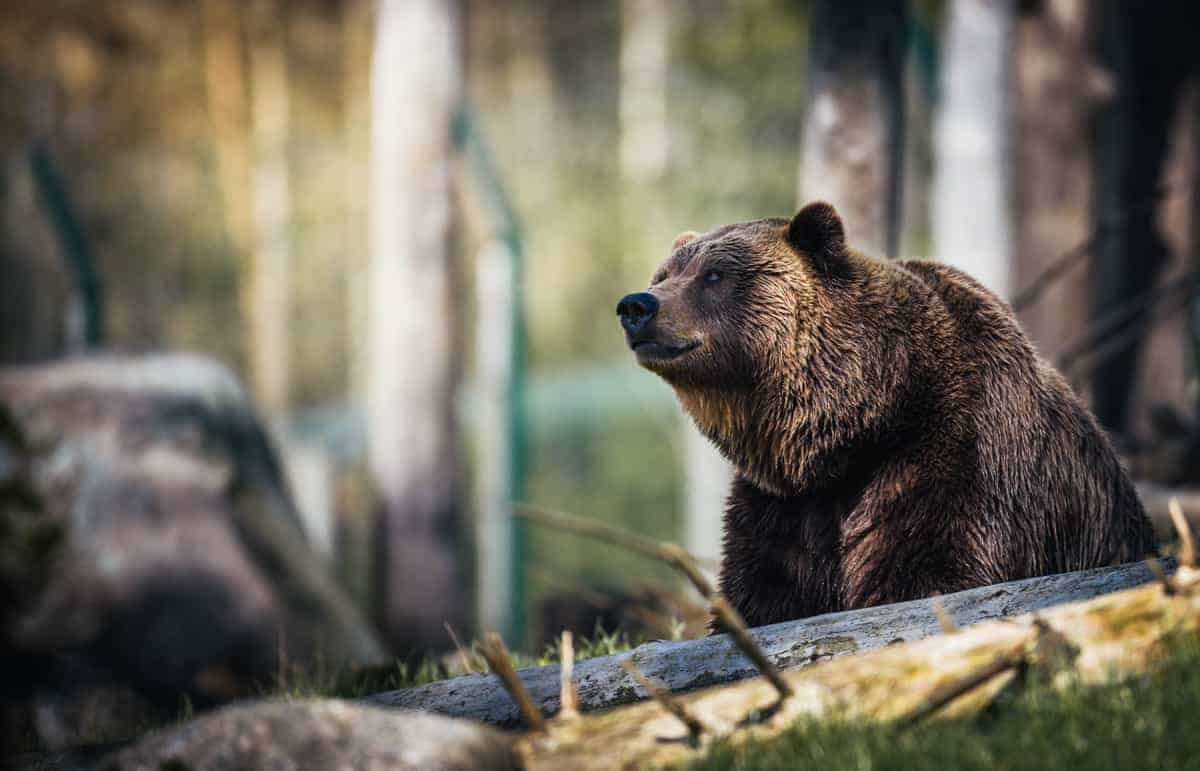


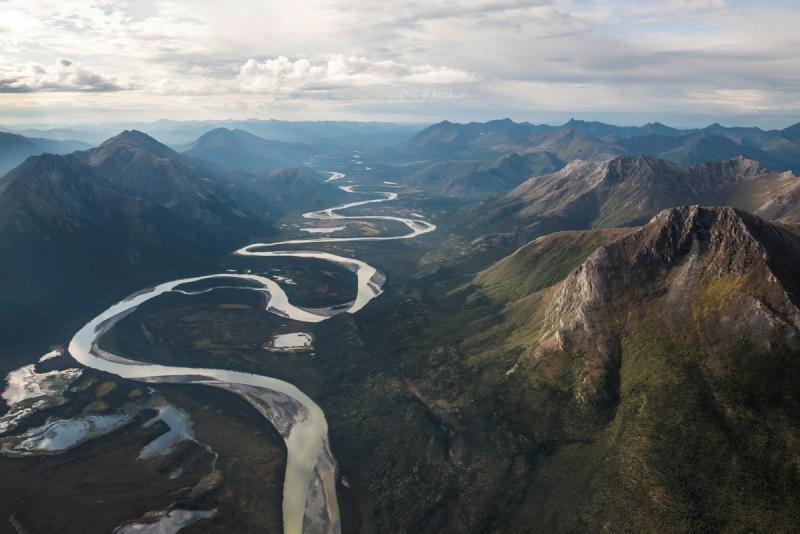
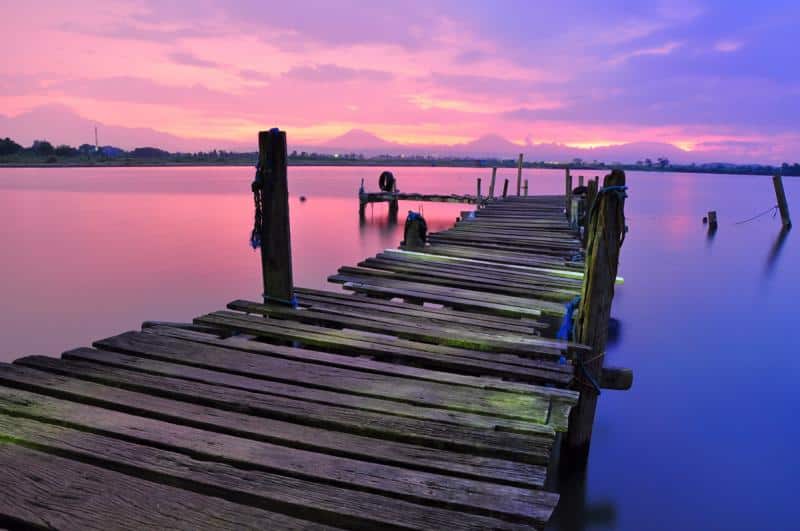

![[Updated 2019] What Is Chromatic Aberration And How Can You Avoid It?](https://colesclassroom.com/wp-content/uploads/2017/08/Chromatic-Aberration-What-is-it-how-to-fix-it-768x512.jpg)
